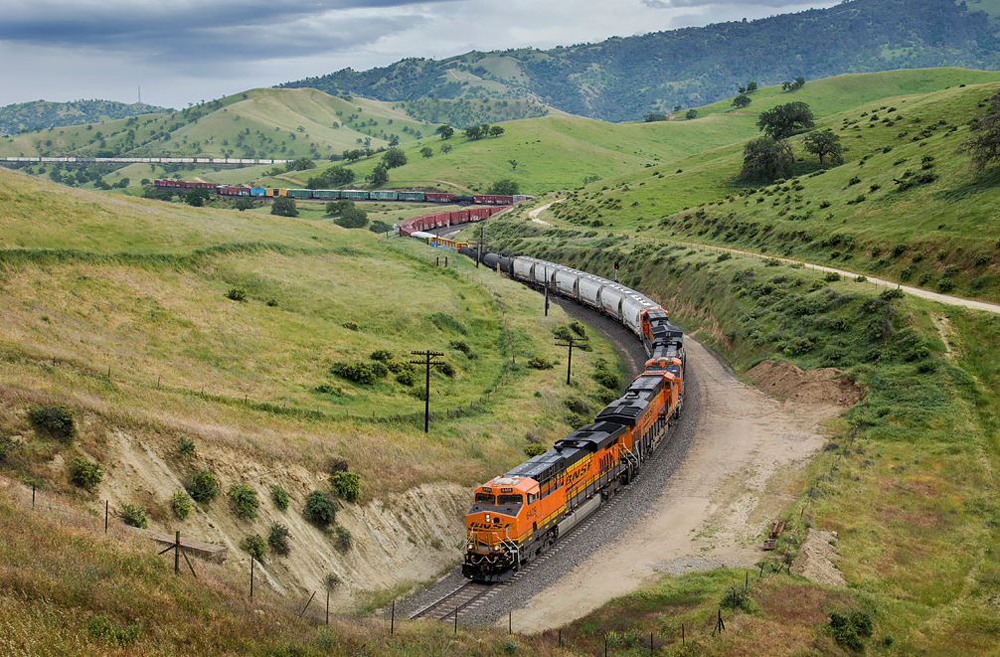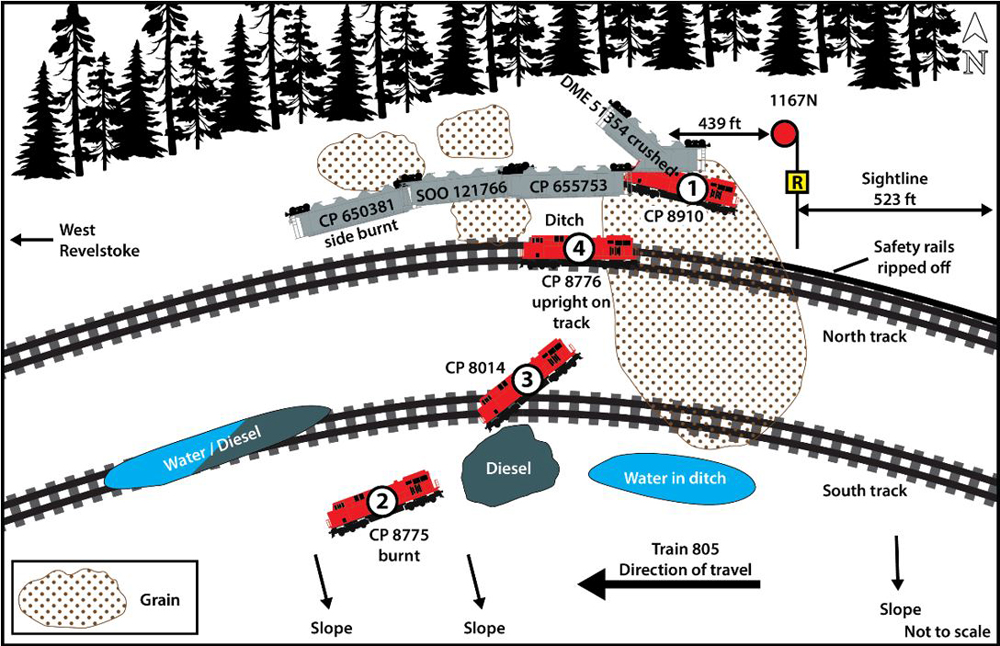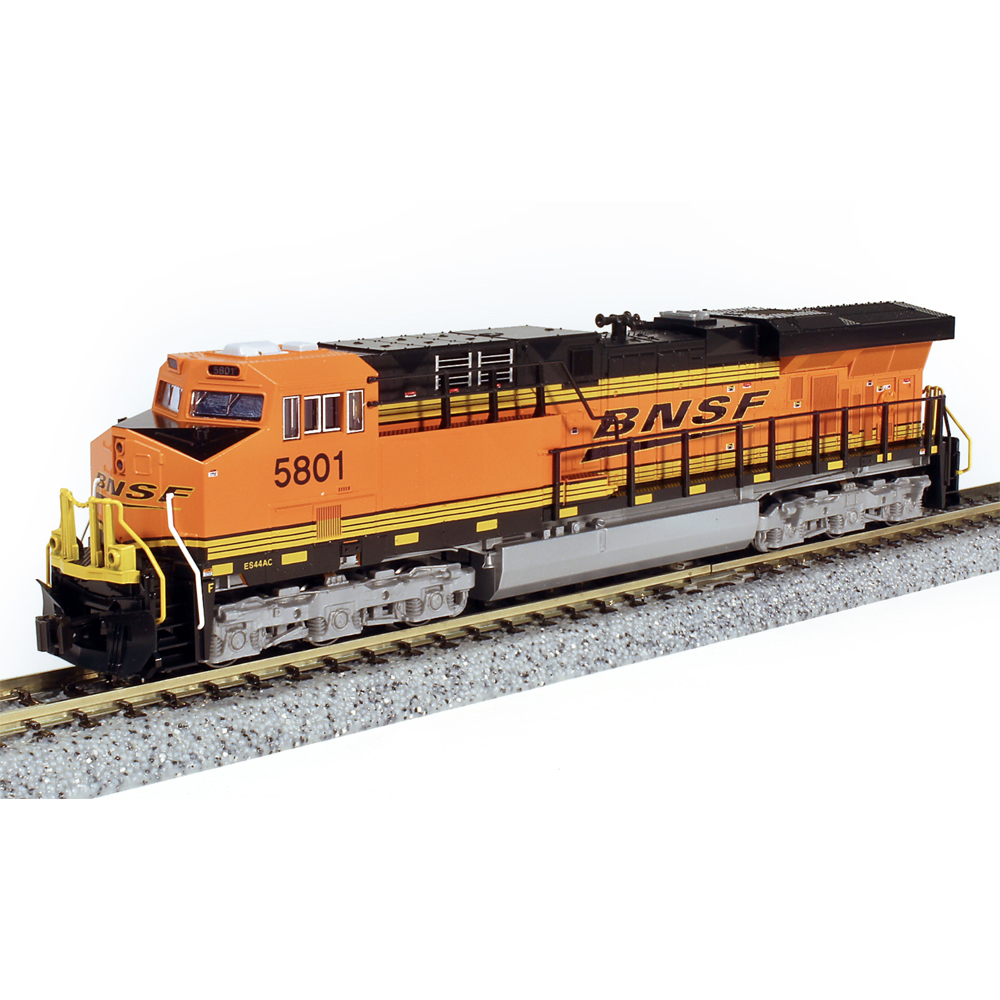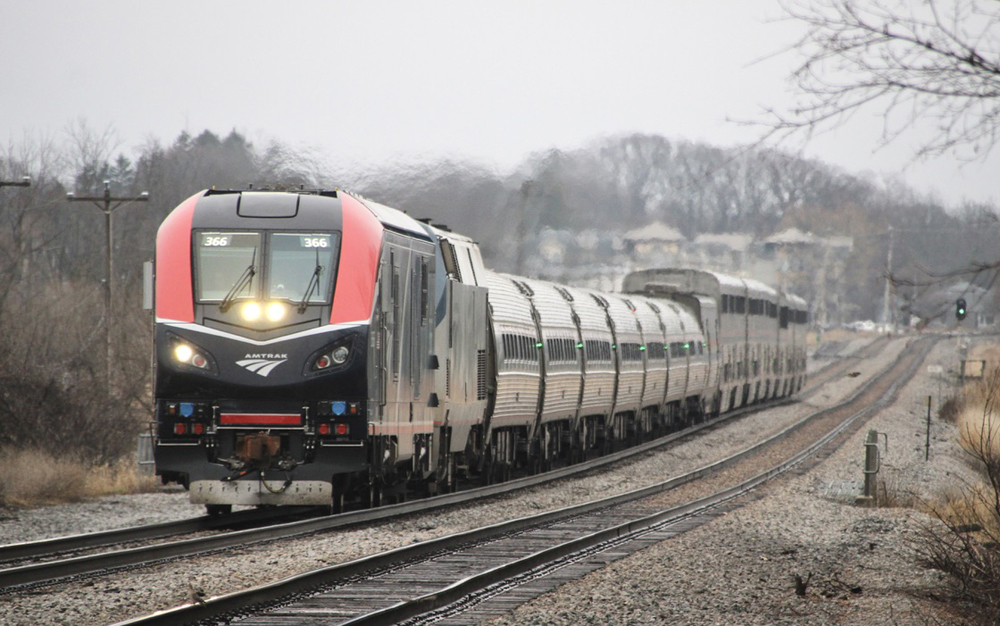
CHICAGO – Railroading’s intricacies require shippers to get involved in the industry’s nitty-gritty details. A half-hour crash course on Railroading 101 is going to leave someone more confused than confident. It takes commitment to grasp, and predict, the vulnerabilities of railroad logistics. This is why shippers often employ individuals in rail logistics, fleet management, or supply chain roles.
It’s a detailed business and demands an attentive person to ensure railcars move from origin to destination. A lot of shippers are proficient in speaking about railroad operations and are just as capable of recommending a solution as someone in the field. Railcar tracing platforms and third-party software support people in these roles by providing insight into a railcar’s whereabouts. These tools help create a soft landing for new hires entering the world of railroad logistics and allow them to understand a railcar’s whereabouts, pinpoint challenges, and work with the right folks to mitigate delays.
But in reality, railcars really should be making shippers’ lives easier. It takes 40 truck drivers to move the same volume as 10 railcars. That’s 40 opportunities for an unforeseen setback or delay. Or as it was recently described to me: “A railcar doesn’t have a personality of 100 truck drivers.”
There’s truth to that. Rail allows you to move more volume with less resources, implying that railcars should be easier to manage. And in many instances, this is true. It would be unlikely to convert thousands of carloads of coal to the highway, just as it would be impractical to replace every auto rack with a highway car hauler. Railroading is more fuel efficient and Class I railroads’ networks are superior to highways in many shippers’ supply-chain processes.
But the stewards of the industry should always be identifying ways to make the process easier for customers. Serving shippers effectively lifts confidence in a railroad’s ability to move railcars and aligns railroads and customers with shared goals of moving more carloads efficiently and consistently. People and technology are the centerpiece of this process.
It’s my firm belief railroads will continue to bring on more workers and improve service. This will reinforce shippers’ confidence and allow railroads to link better service with new technology, giving customers more valuable insight into logistics. Projects like RailPulse — the coalition of companies working to develop railcar telematics systems — will help streamline analytical insights and railcar tracking, reducing the manual and relatively labor-intensive processes used today. This will drive more efficiencies, not only for railroads, but for the industry’s closest partners, its customers.
In a world infatuated with technology and the desire to have instantaneous answers, it’s not only railroading’s moral obligation to its customers to provide the best service, but it’s an opportunity to outshine its transportation peers and make rail shippers’ lives easier.
— Chase Gunnoe works in marketing & sales for the freight rail industry and is the author of Carload Considerations, a monthly Trains News Wire commentary series. It discusses the freight rail industry, commodities, and economic trends. Its views are the opinion of its author with no particular emphasis on a specific railroad or shipper.














“… This will reinforce shippers’ confidence and allow railroads to link better service with new technology, giving customers more valuable insight into logistics. Projects like RailPulse — the coalition of companies working to develop railcar telematics systems — will help streamline analytical insights and railcar tracking, …”
The Holy Grail of More Tech to Solve Everything … except that with all the tech, with all the “analytical insights”, the rail share keeps decreasing.
There is enough tech already in place to run a railroad properly. Right car on the right train running on time. Do this, before buying more whiz-bang tech like RailPulse.
Michael Curley: “On a C1, I knew a lot about a little. On a short line, I knew a little about a lot.”
That quote is PRICELESS. endmrw1013220935
Two suggested solutions: 1. Base bonuses for the operating folks (and the brass) on performance metrics, not budget targets. 2. Have noticed on the cop shows I enjoy, the “suits” are required to “get in the bag” (uniform) during the month. How about the same requirement for selected, non-operating folks. Not saying they need to be fully trained for all operating, MOW, or mechanical positions, but how about they get out in the field once a month for a few days of what it’s really like to “work on the railroad”. On a C1, I knew a lot about a little. On a short line, I knew a little about a lot.
I always had a preference for rail up until the last few years before retirement. Having dealt extensively with railroads during my 40 year career, by year 37 my patience and understanding had pretty much been exhausted.
When one of our sales people came to me with a new opportunity that involved rail transportation, I would basically plead with them to allow me to use truck.
Rail SHOULD be easier but, until the powers that be at the Class 1’s understand that customers share at least equal importance with the shareholders (as, I will add, do rail labor), trucking’s market share likely is not endangered.
Any of us reading these pages could make a list of former rail shippers in their home areas. It might be a longer list than current rail shippers.
When I see anifest freights in my home area, I almost have to wonder why. There’s hardly any customers left.
Reality check Chase…if you’ve got it a truck brought it!!! J-I-T used to stand for just-in-time. Now it stands for just-in-truck.
Chase always produces great articles, though this is not his strongest sales pitch for rail.
Don’t have to deal with truckers, true, but can you even find someone to deal with at the railroad?
Sure a truck is 40 chances for failure, but the variability is probably less and one failure in 40 may be more manageable than 1 failure in 10.
Ultimately rail needs a stronger value proposition beyond “cheaper than truck”.
“It’s my firm belief railroads will continue to bring on more workers and improve service”
Enough experience over the past decade of PSR implementation would indicate that, yes they will attempt to fill vacancies caused my mass resignations. But the industry simply will NOT address the miserable quality of work life issues that has brought them to this point. The only way to address QWL issues is a massive increase in employment and reining in draconian management and nitpicking oversight of employees. They will not do this. Period.
Insanity is defined by some as repeating the same actions again and again and expecting different results. By this definition railroad executives and their Wall Street masters are insane.
If Congress crams down the poor PSB contracts, far more resignations will follow. Then the industry will be recruiting “anything that moves” like the US Army has been doing (eg, physically unfit, felons, recent drug users, etc)
“Gregg Spindler says:
October 12, 2022 at 7:10 am
If Congress crams down the poor PSB contracts, far more resignations will follow. Then the industry will be recruiting “anything that moves” like the US Army has been doing (eg, physically unfit, felons, recent drug users, etc)”
Or how about this, then the railroads will go to Congress and say they need a special VISA to allow them to bring in immigrants from foreign countries to do the work that American’s don’t. They’ll start bringing in a bunch of foreign workers, teach them English and the exact skills they need to run the railroad…and either cut their pay or just leave as is…problem solved.